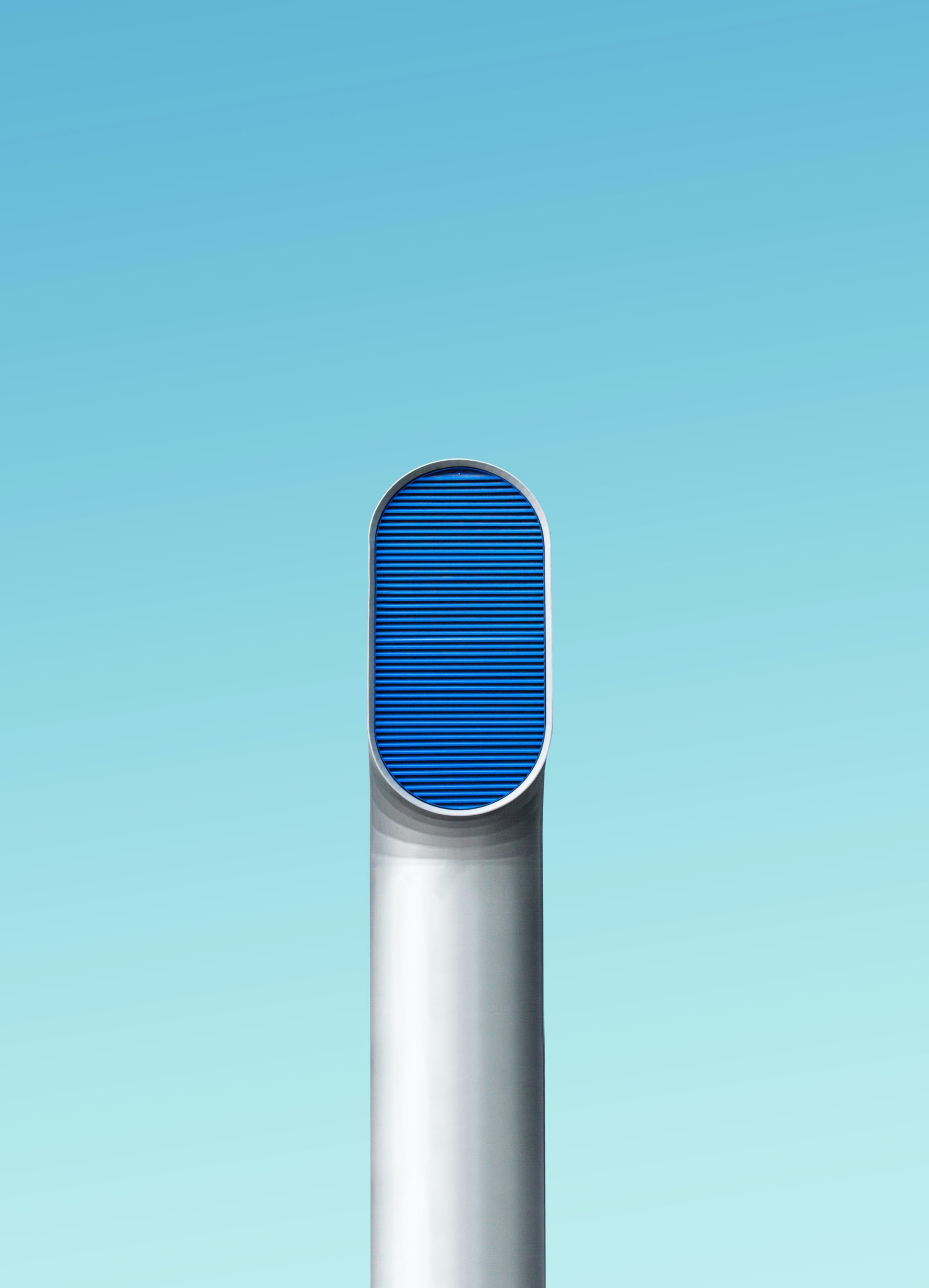How do ventilation filters work, and can they help to protect us against Covid-19? Toby Cambray weighs in on the physics of a subject that is more complex and interesting than you might expect.
If you’ve never given it a great deal of thought you’d be forgiven for thinking that filters are very important when it comes to how our buildings can help or hinder the effort against the current pandemic. I certainly did! It turns out (at least in relation to domestic MVHR) that unless you have several infectious people coughing into the intake grille, a filter in your typical domestic MVHR system is not going to do much to protect you from Covid-19 (though it can’t hurt). But filtration is still important, as well as complicated and perhaps interesting…
There is more to how filters work than meets the eye; they aren’t simply sieves with tiny holes, although that’s one mechanism by which they work. If you look at them under a microscope, the holes in most filter media (or gaps between their fibres) are bigger than much of what they are intended to catch. Crucially, proper filter media are manufactured with an electrostatic charge applied, so particles tend to stick to the fibres if they get close enough.
Above about 0.2 microns, particles tend to travel in straight lines, and in the same way you can’t see through a filter because the light hits one or more fibres, a particle travelling in a straight line will simply collide with a fibre. Below about 0.1 microns, a particle starts to behave more like a gas molecule, darting around according to Brownian motion. Once within the filter, all that darting around tends to make it bump into the charged fibres. The cumulative effect of these mechanisms gives an efficiency curve with a dip at about 0.1 to 0.2 microns; this size is therefore known as the ‘most penetrating particle size’ (MPPS) and is used to benchmark filters.
It turns out that a Covid-19 virus has a size almost exactly the same as the MPPS, which is bad because it means a virus is the optimum size to penetrate a filter. On the other hand, viruses generally escape the body suspended in droplets of 0.5 to 10 microns, which are larger than the MPPS, and more likely to get stopped by a filter.
So how good are the different grades of filters at catching these various particles? The answer to this question can be found in the boring-but-important standards on the subject. Anyone who has specified or designed MVHR for a passive house ought to know that the level of filtration required on the intake is F7 (or better). Here, F means fine, as opposed to M for medium and G for coarse (sic), and F7 must on average remove 80 to 90% of particles in the 0.4 micron size.
G4 is the standard spec for domestic filters, and what you get if you don’t specify a grade. These are therefore typical in non-passive house applications. However, G filters have an efficiency of less than 40% with respect to 0.4 micron particles, so clearly can’t be relied upon to remove the finer particles that are bad for our health. To be clear, G filters are only really intended to protect equipment from larger particles which could damage fan blades etc.
Also, it’s common in commercial buildings to cascade filters, so the incoming air is passed through more than one filter, starting coarse and becoming more fine. This helps the fine filters focus on what they are best at, leaving the job of catching flies, leaves and dead birds to less costly filters. It makes sense to have one filter for Covid, and another one for Corvids.
It’s also worth pointing out that the standard setting out the G, M, and F classifications (BS EN 779) has been superseded by one that is more fit for purpose. As usual with changes in standards, it takes time for updates to become widely adopted in practice. Brave souls might summon the energy to wade through the 164 pages that make up BS EN 16890, but failing that, you might consider swapping F7 for ePM1 60% and G4 for Coarse 70% in your documentation. The categories are not directly equivalent because the test method is different, but they are generally comparable and should yield better performance because the new test looks at a broader spectrum of particle size.
There is a huge amount to this topic and I’ve barely scratched the surface here. Pressure drop is a very important aspect for example, and one reason to avoid over-specification of filters. I started out on this column thinking I’d mug up a bit on filters and write something about the importance of filters in combatting the current pandemic. Instead, I found myself going down a rabbit hole with less relevance to protection against Covid-19 but learning a lot along the way. I can only hope that someone else out there finds this useful, interesting or both!
This article appears in Issue 34 of Passive House Plus magazine





